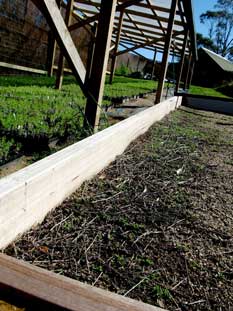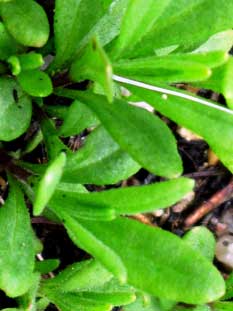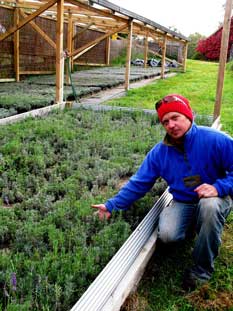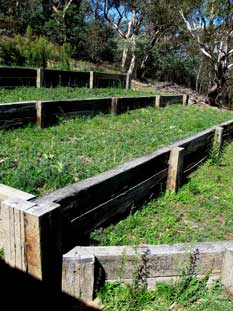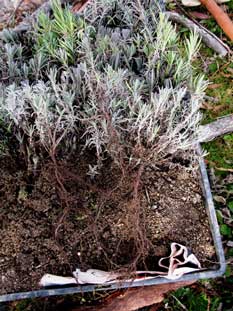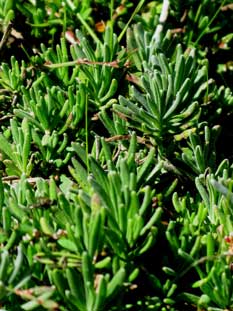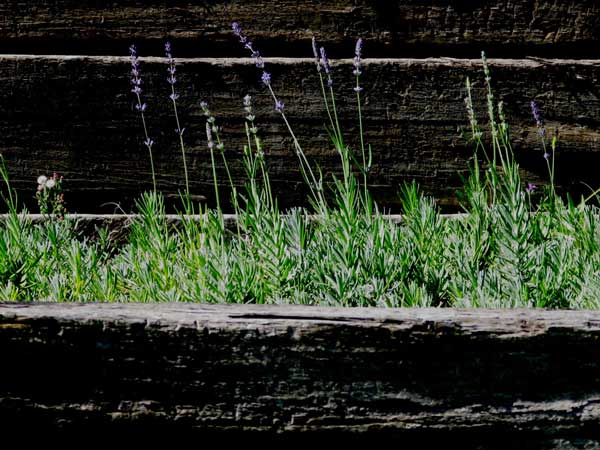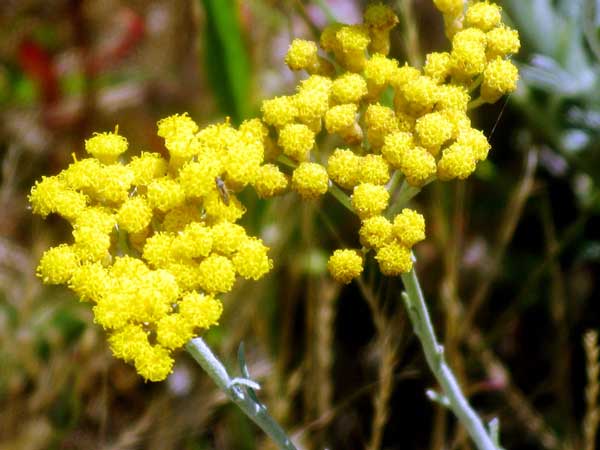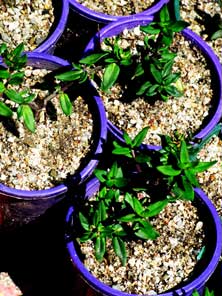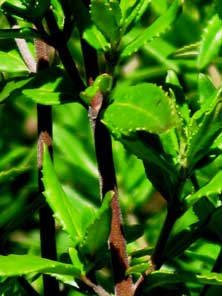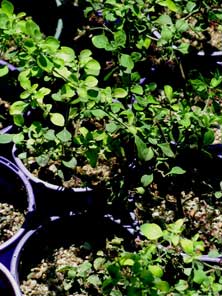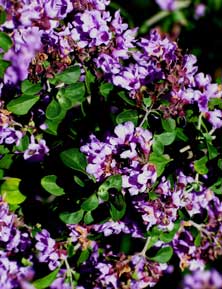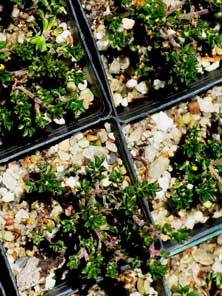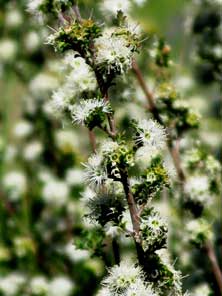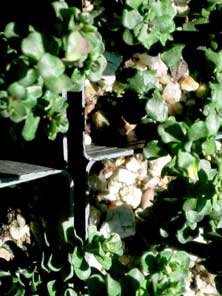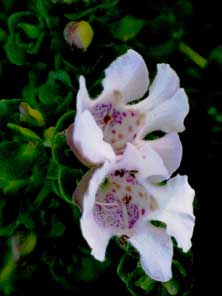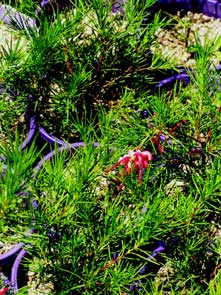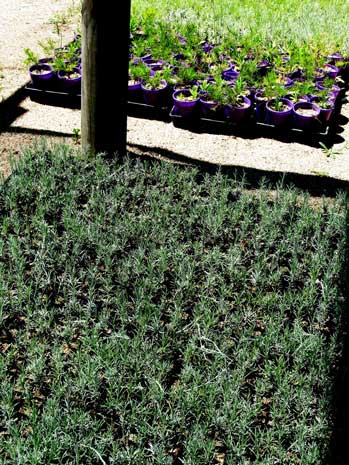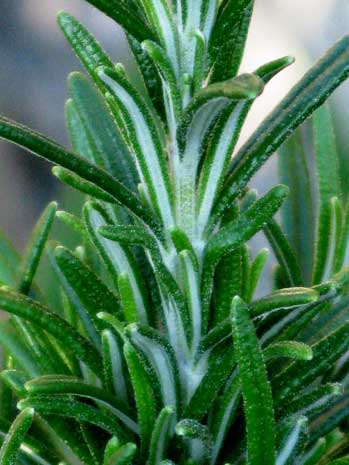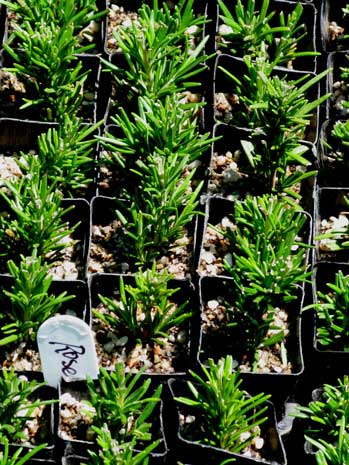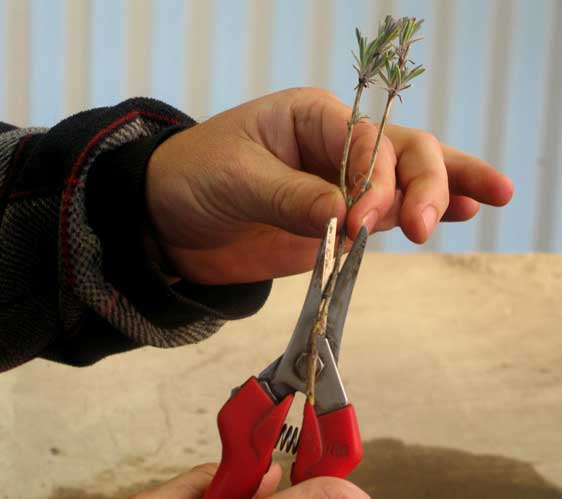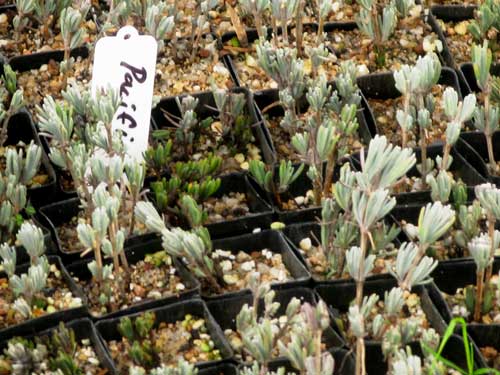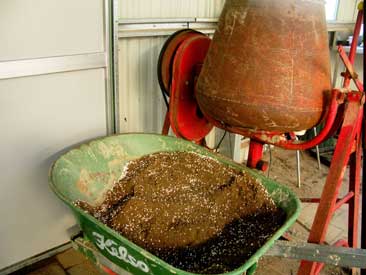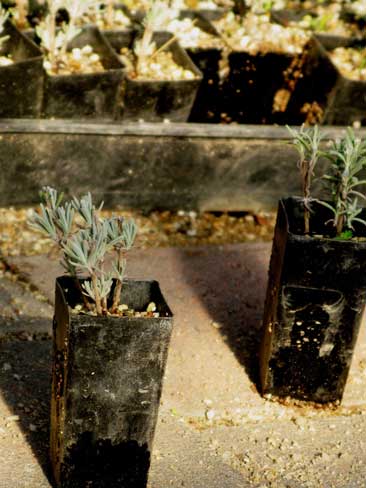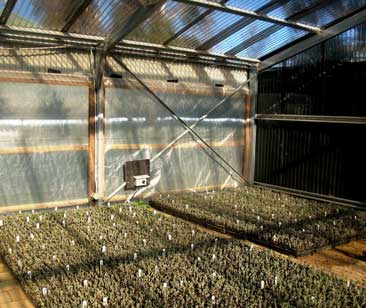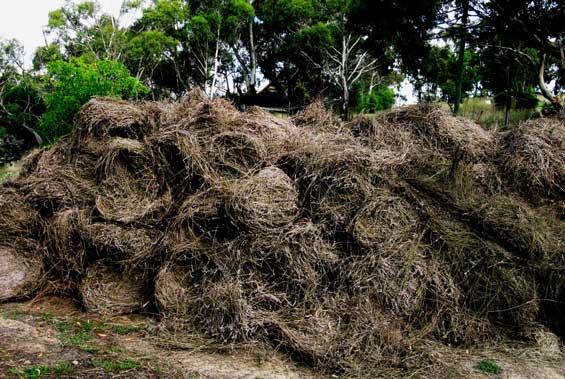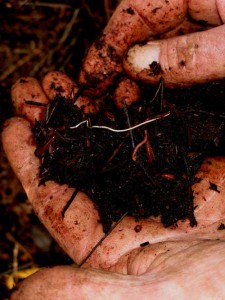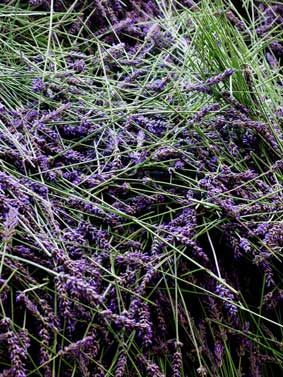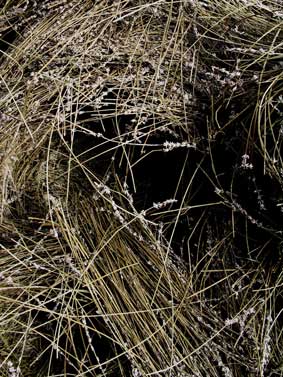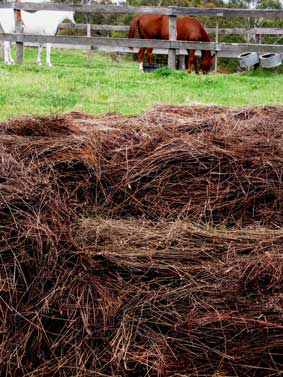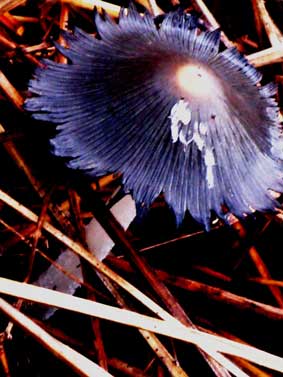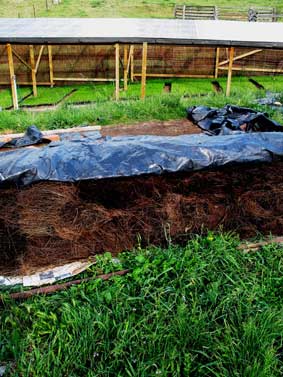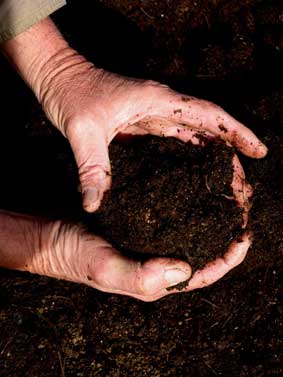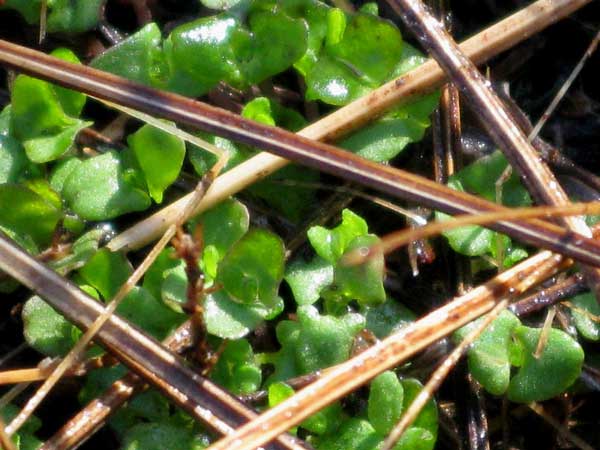
SEED PROPAGATION, RESPECTING NATURE’S DIVERSITY
The propagation of lavender cultivars by way of vegetative cutting is predicated on the desire to standardise plants for an increasingly industrialised culture of essential oil production. Standardisation and commoditisation is a necessary reaction to an escalating demand for cheap and predictable essential oils for the mass production of aromatherapy cosmetic products. Seed propagation develops out of an opposing impulse and seeks to maintain the biodiversity of lavender as a species. Seed developed lavender is also known as population lavender and characteristically enables the genetic complexity and individual potentials of plants for alternative chemistries, and expressions of beauty to be found in the essential oil product. These qualities are appealing for those sensitive to the fact that botanical diversity is nature’s own way.
SEED PROPAGATION OF POPULATION LAVENDER AT SNOWY RIVER LAVENDER
The spontaneous growth of seedlings among our established lavender and subsequent success of our seedling ,(we call ‘Sponnees’) plantings in producing high quality essential oil, has encouraged us to increase our population lavender potential with a more dedicated seed propagation facility in the nursery. Seed collection from our angustifolia cultivars’ is now an important annual activity. Until 2011 we raised these seeds in trays in the nursery shed, with the seedlings later potted up into 50mm tubes to develop into viable planting stock. However, in 2008, while in France investigating harvesters, we were lucky enough to visit the beautiful Le Chateau de Bois, an 80 hectare ‘fine’ lavender farm where all plant stock is developed from seed. The seed raising technique was large scale with seed collected from farm stock andscattered out on prepared land. Seed sowing happened in the autumn with the seed allowed to lie exposed to freezing winter temperatures to stratify. The seedlings come up thick on the ground and grow on in situ until ready to be taken up and sorted for planting. In this way, this farm produces many thousands of plants per year. In 2011, we trialled with good result an outdoor seedbed facility based on the French principles. We have had an excellent seed strike, leaving these plants to grow on in situ to be forked up and planted in late autumn. We planted out about 8000 plants with a further 2-3 thousand replanted to grow on for our next seasons planting. The success of this trial has meant we have increased our seedbed capabilities with an impressive four tier development. These seedbeds will increase our production of seedlings 8 fold (around 60,000 plants) and ultimately ensure our future as major producers of ‘population’ lavender oil. On a secondary level our seed propagation program is also feeding into our own cultivar development program so we can also keep a boutique complexity to our cultivar developed oils.
